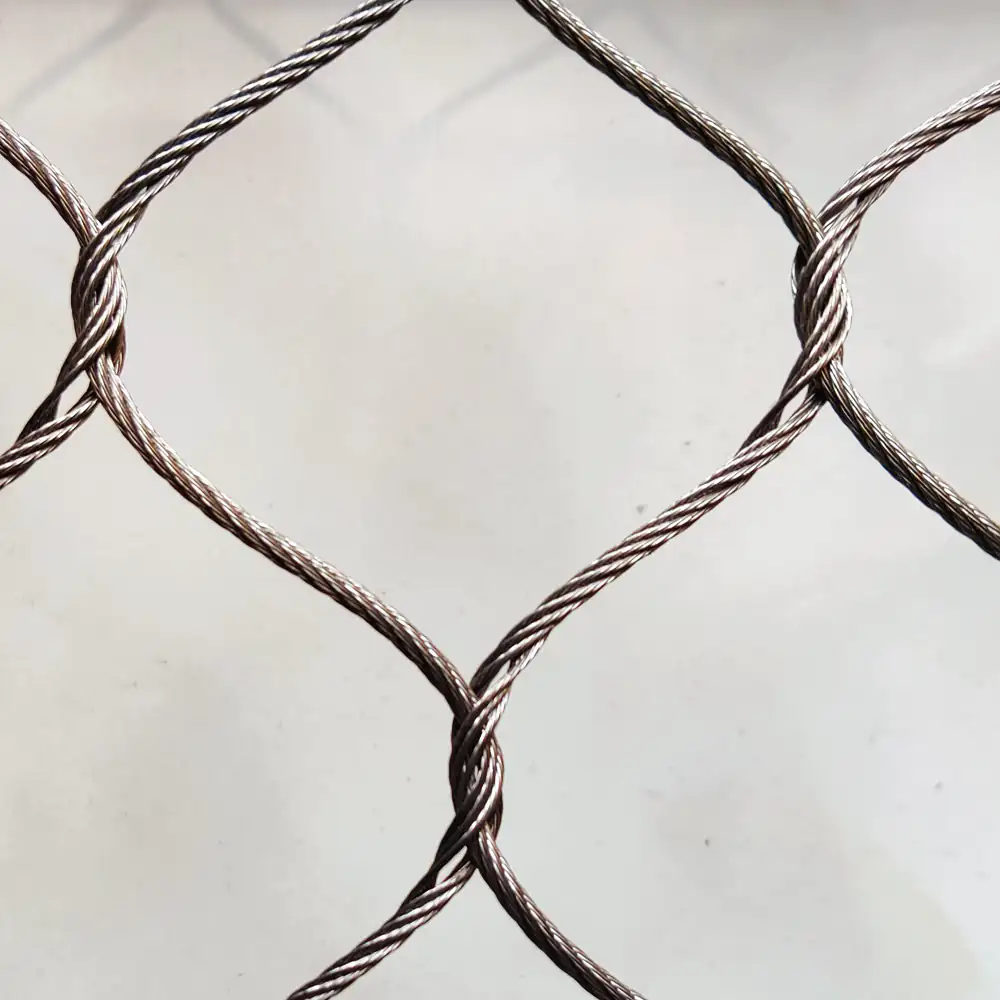Find out why the type and material of your Gibbon Enclosure Fencing is important for preventing escapes. Get the facts on Gibbon Enclosure Fencing now!

The best type of fencing for a gibbon enclosure should be a combination of vertical barriers and overhead mesh or netting, made from robust, weather-resistant materials such as steel.
Gibbons are agile climbers, so it’s crucial that their enclosure fencing is tall enough to prevent escapes. Generally, it is recommended that fencing be at least 20 feet high.
The best material for gibbon enclosures is stainless steel or heavy-duty, weather-resistant materials that are tough enough to withstand gibbons’ strength and agility.
To make sure the fencing is secure, it’s ideal to professional install it and ensure there are no weak points or gaps. Regular inspections to check for wear and tear, damage, or potential escape points should also be carried out.
A specific design of fencing that allows gibbons to climb but not escape would include vertical bars with a horizontal bar only on the inside, paired with a secure overhead mesh or netting to prevent climbing out.
To ensure the fencing is not harmful, make sure there are no sharp edges or loose ends that could hurt the gibbons. The metal should be covered or treated to prevent rust, which could be harmful if ingested.
The area covered by fencing for gibbons should be large enough to allow the animals to move freely and comfortably—it’s suggested that at least 50 square meters are needed per gibbon.
Legal requirements about fencing in gibbon enclosures vary depending on local and national laws, so it’s essential to check local wildlife or zoo regulations.
The enclosure fencing should be checked regularly for signs of damage, wear and tear and potential weaknesses—at least once a month, but potentially more often depending on regulations or the specific situation.
Yes, the fencing should include overhead protections as gibbons are arboreal creatures and spend most of their time in trees, allowing them to utilize vertical space is paramount.
Poorly chosen or maintained fencing could potentially affect the health or behavior of gibbons—for example, broken or sharp fencing could cause injury, and small, cramped enclosures could lead to stress and behavioral issues.
For baby gibbons, you must ensure that the fencing is secure and that the gaps are small enough that they can’t fit through. Overhead netting should be particularly durable to prevent falls.
Larger fence openings could risk the gibbons escaping, or small predators entering. Ensure the gaps can’t be squeezed through by the smallest individual in the enclosure.
The surface texture of the fence could potentially impact the gibbons’ ability to grip or climb—if the surface is too smooth, this might make climbing difficult.
The enclosure requires features that accommodate their natural behavior—importantly, it must be climbable, with plenty of vertical space, as well as secure, with no potential escape points.
The potential risks if the fencing is not properly implemented could include escape, injury to the gibbons, or even the introduction of predators.
To ensure the fence is properly installed, it is recommended to have the fence professionally installed and regularly inspected for any potential issues or weaknesses. The fence should also be sturdy enough to withstand the weight and strength of gibbons.

